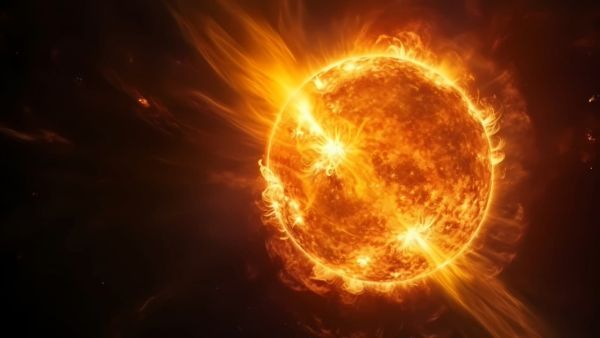
The idea of dimming the sun to fight climate change may sound futuristic — or even sci-fi — but scientists are taking it seriously. Known as stratospheric aerosol injection (SAI), this approach involves dispersing sunlight-reflecting particles into the upper atmosphere to temporarily cool the planet.

However, new research from Columbia University reveals that real-world attempts could be far more unpredictable and risky than climate models suggest. Physical, geopolitical, and economic factors could all interfere with even carefully planned SAI efforts, creating unintended consequences on weather systems and global economies. The study was published in Scientific Reports.
In simulations, researchers can control particle size, release location, and timing with precision. But in reality, every factor introduces variability. Latitude, altitude, and season of deployment play huge roles: particles released near the poles could disrupt tropical monsoons, while equatorial releases may interfere with jet streams and global air circulation.
“Even sophisticated models are idealized,” says V. Faye McNeill, atmospheric chemist at Columbia. “When you consider real-world logistics, the uncertainty grows significantly.”
Volcanic eruptions, like Mount Pinatubo in 1991, provide a natural blueprint. The eruption cooled the planet by nearly 1°C for several years but also caused monsoon disruption, reduced rainfall in South Asia, and contributed to ozone depletion. Artificial SAI using sulfate aerosols could trigger similar side effects, including acid rain and soil contamination.
Alternatives to sulfate aerosols include calcium carbonate, alpha alumina, rutile, anatase titania, cubic zirconia, and even diamond. While some minerals scatter sunlight efficiently, others are scarce, expensive, or clump together, reducing effectiveness. Only calcium carbonate and alpha alumina are abundant enough to consider at scale, yet technical challenges remain.
“Many proposed materials simply aren’t practical in large quantities,” says Miranda Hack, lead author and aerosol scientist at Columbia.
SAI’s success depends on tiny particles remaining below one micron. Aggregation, optical inefficiencies, and deployment challenges mean real-world cooling may differ drastically from model predictions. Economic costs, logistics, and political coordination add further complexity.
“This is about risk trade-offs,” says climate economist Gernot Wagner. “Solar geoengineering isn’t going to play out the way 99% of studies assume.”
While SAI may seem like a quick fix to global warming, Columbia researchers caution that it could create more problems than it solves, from disrupted weather patterns to material shortages and unpredictable climate responses. Any discussion of geoengineering must weigh these serious uncertainties and potential global consequences.